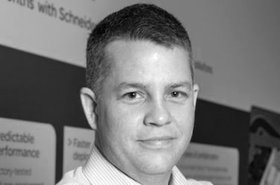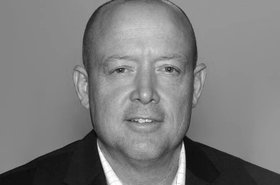
Power Factor - making friends with the monster in the cupboard
How to avoid common mistakes in measuring PUE

How to avoid common mistakes in measuring PUE

IT experts and facilities managers are in separate silos right now, but there won’t be room for both of them in the data center of the future

To get real efficiency figures, you need accurate measurements

Systems that use outside air for cooling are cheap and efficient, but they are prone to failure and need careful monitoring

The benefits of digital rotary UPS (DRUPS) systems may be overstated, because static systems are not standing still

For most of us, it’s a distant, and maybe-not-so-serious goal, but there’s one sector where off-grid operation is considered normal

Just because you can do bad things doesn’t mean you should

Eco-mode saves power but increases the risks associated with a UPS. Silicon carbide could give the best of both worlds

There are many ways to make liquid cooling more reliable, more affordable, and easier to handle

Cloud giants are adopting renewable power, but smaller companies lack the budget, and some regions lack the infrastructure to do the same. What are their options?

As grids get hard up, could data centers share their backup generators with the rest of society?

If you take into account the water used in generating electricity, then cooling towers can actually save water

Computational fluid dynamics can model airflow in servers, but a whole data center space is more complex

While we’re dreaming up underwater data centers, we also need to tweak our generators

Micro data centers have become something any CTO can be proud of

Who says that data centres have to be renewably powered?

It’s a different world at the edge

Energy performance optimization is considered low hanging fruit because substantial improvements can be realized with relatively small investments

If you are a CxO, don’t believe it when people tell you liquid cooling is expensive or risky. Work it out for yourself!

You can get paid for your spare energy. Just be careful to understand what is possible

There are more fuel cell vendors than Bloom, and more technologies than solid oxide

Moving to liquid cooling will unlock growth potential and increase efficiency

Renewable energy is realistic, and so is the zero-waste data center

Data centers need cooling and power. How will it work if we get both from the same source?